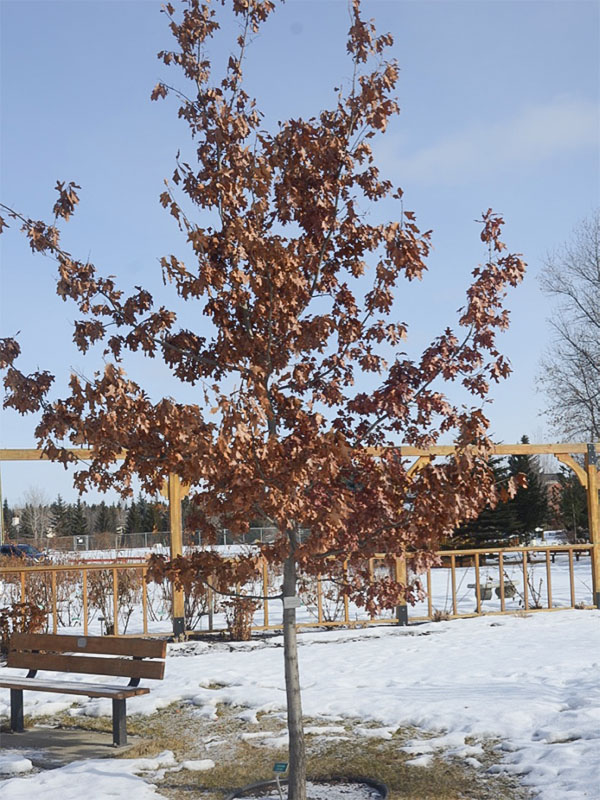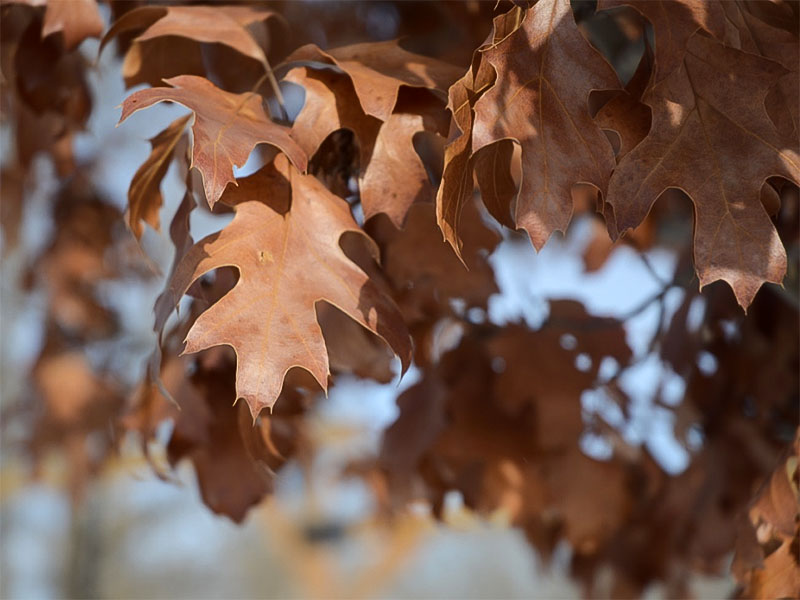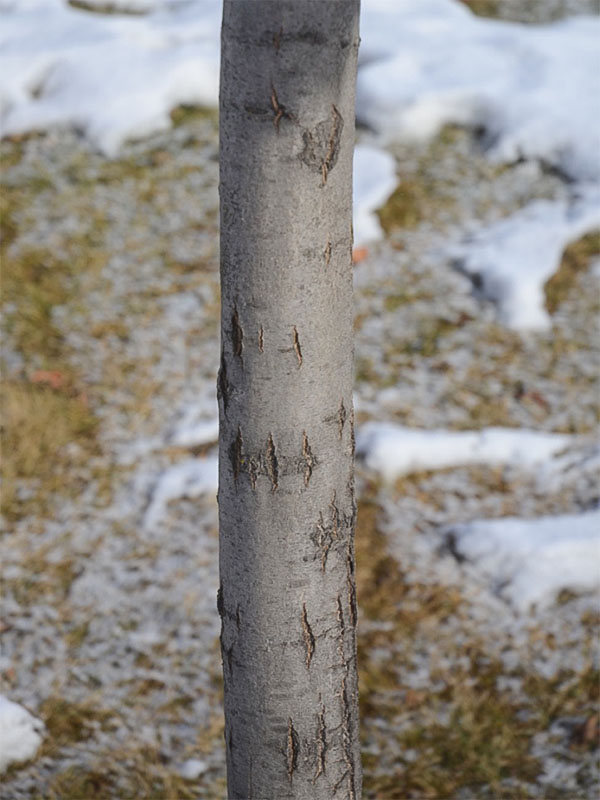| General Description | This species has been placed on the IUCN Red List as least concern. |
| Shape | Upright cylindrical to conical. |
| Landscape | In mass plantings, as an accent tree for its autumn interest or as a specimen. |
| Propagation | By seed. |
| Cultivation | Plant under full sun in moist but well-drained soil of any acidity or type. |
| Pests | Scale, oak skeletonizer, leaf miner, galls, oak lace bugs, borers, caterpillars and nut weevils. May get chlorosis in poor soils. |
| Notable Specimens | St Albert Botanic Park, St Albert, Alberta, Canada. |
| Habitat | Sandy, lime-free soils at an altitude of 150-500 m. |
| Bark/Stem Description | Smooth, brown bark becoming rougher with maturity and dark brown twigs. |
| Flower/Leaf Bud Description | Ovoid, reddish-brown, 3-5 mm in length. |
| Leaf Description | Glossy green with a paler underside measuring 7.5 - 13 x 6 - 10 cm. 3 lobes with bristle-tips. |
| Fruit Description | Acorn, ellipsoid or rounded, brown, 1.2-2 cm. |
| Colour Description | Bright medium green leaves that turn a ruby red in autumn. |
| Texture Description | Medium. |


